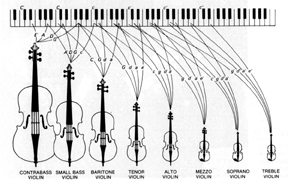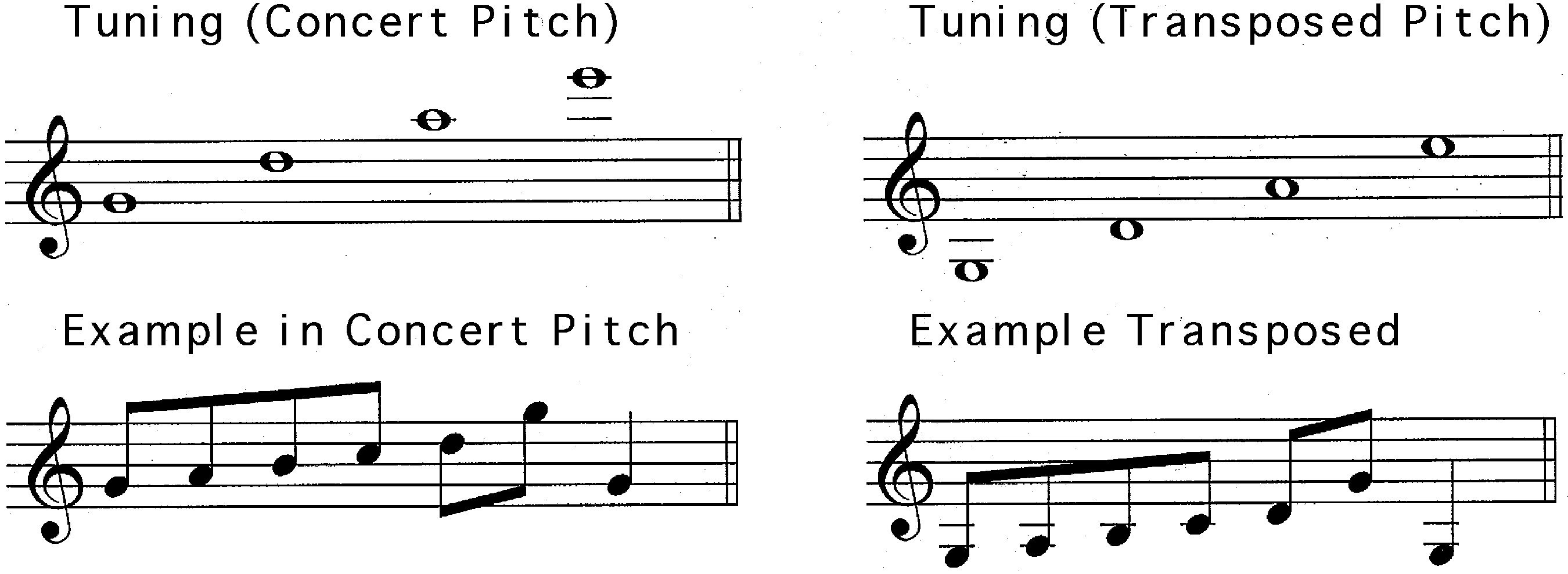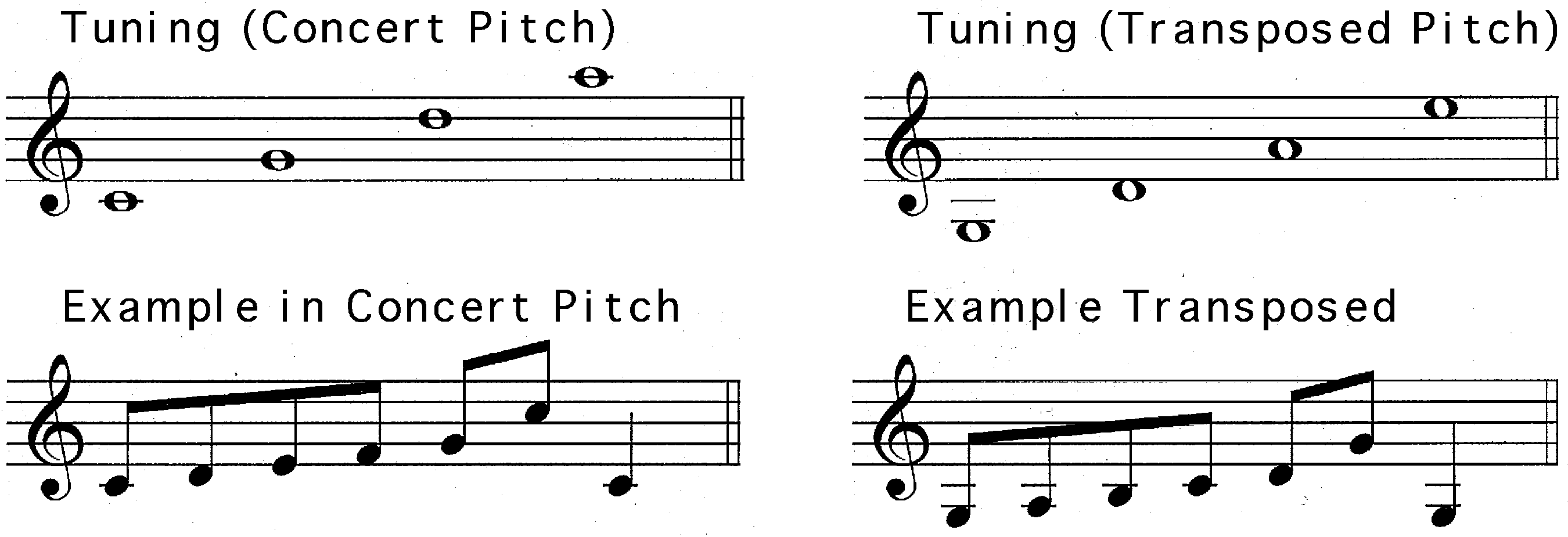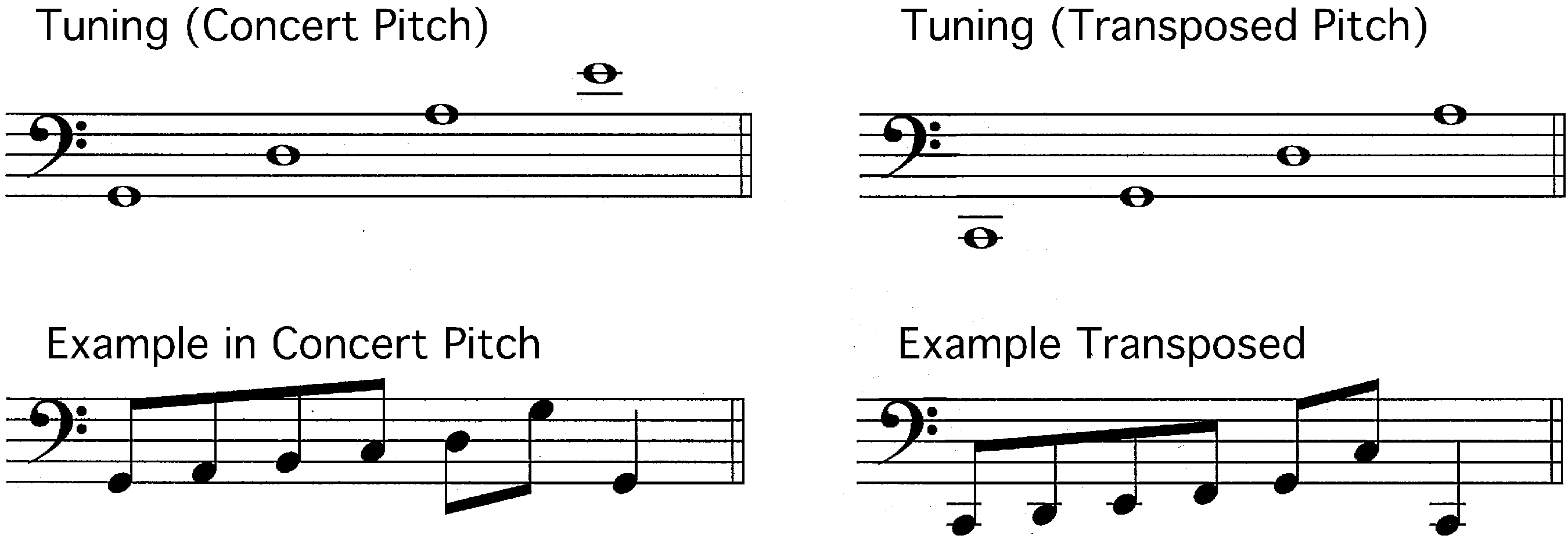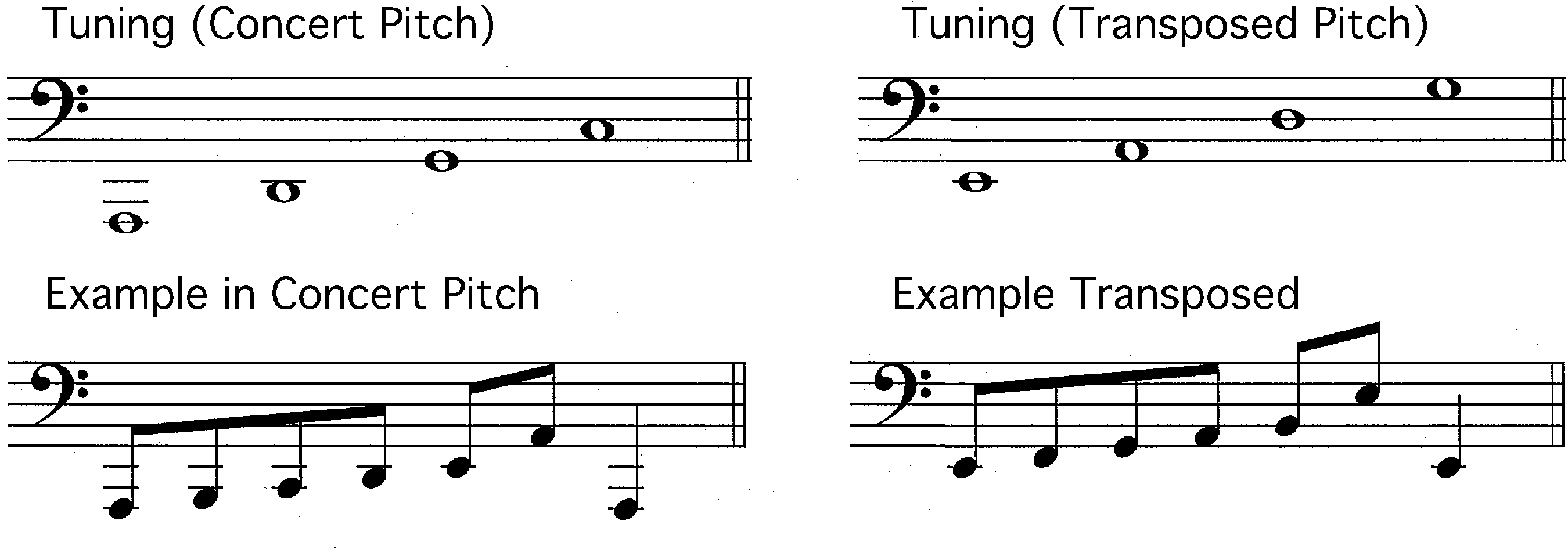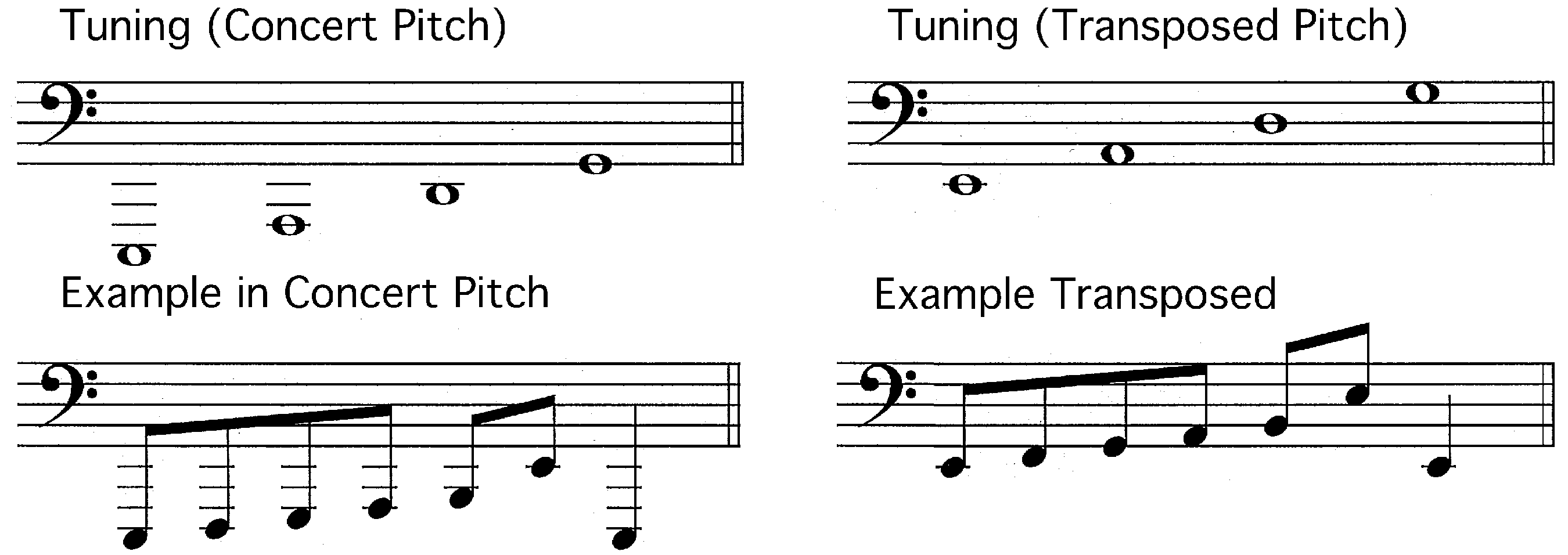
THE
VIOLIN OCTET |
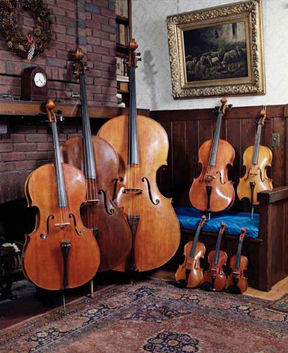 The VIOLIN OCTET is a 20th Century development of a consort of eight finely matched instruments in a series of sizes and tunings to cover the range of written music, starting at the bottom with the oversized large bass tuned as a double bass and finishing at the top with the tiny treble violin tuned one octave above the violin. This family of instruments represents the results of research into violin acoustics that started with the work of the well known physicist, Frederick A. Saunders as far back as 1937. The object was to establish - through tests made on a series of excellent violins - some of the acoustic characteristics found in violins of excellent tone. These tests were followed by ten years of experiment and development in the dimensions, fittings, and resonances of a large number of instruments. This work was accomplished by Dr. Carleen Hutchins and over 100 associates in the Catgut Acoustical Society. From these experiments it has become possible, for the first time in string history since the viols, to create a whole family of acoustically matched instruments with violin tone qualities. The VIOLIN OCTET differs from the existing violin family of violin, viola, cello, and bass in which their chief acoustic characteristics are not only different from the violin but from each other.
The eight instruments form a family with basic traits in common, but each member has its own individual personality. The homogeneity of sound is the result of adjustments in body length and other physical characteristics so that each instrument has its so-called main wood resonance and main air resonance near the two open middle strings (as is the case with the Heifetz Guarnerius violin). In the five higher instruments - Treble, Soprano, Mezzo, Alto, Tenor - the main wood resonance lies near the open second string, and the main air, or Helmholtz, resonance lies near the open third string. In the three lower instruments - Baritone, Small Bass, and large Contrabass - the Helmholtz air resonance is placed several semitones lower to suit the preferences of many performers. Experimental musical evaluation of the Octet in England has, however, indicated a preference for the higher placement of the Helmholtz resonance in the lower instruments so as to give a lighter, more balanced consort sound. A Tenor and a Baritone have been built this way. Instruments of the Violin OctetTreble
Violin • Soprano
Violin • Mezzo Violin • Alto
Violin The Treble Violin, tuned G-D-A-E, an octave above the violin, is the smallest and highest member of the Octet. In England it is called the Sopranino following the nomen datum of the recorder family. Its dimensions are approximately those of a quarter-size violin, but in construction it is quite different. In order to achieve the transposed violin sound, the Treble not only has extremely thick top and back plates, but extra large f-holes and strategically placed small holes in the shallow ribs so that its main resonances occur at the desired frequencies. Michael Praetorius projected an instrument in this tone range, but without the high E-string, so that in effect there were only three strings. Since the string length must be at least long enough for a player to finger consecutive semitones securely, the E string (tuned to 1320 Hz) must be extremely strong and thin. A space-age material known as carbon rocket wire, with a tensile strength nearly twice that of the normal violin E string wire, is used for this purpose. Even so, this wire is close to the breaking point. No wonder Praetorius omitted it in his tuning of high treble! The tone quality of the Treble violin provides an effortless brilliance on its two upper strings which can soar above the string choir, much like the piccolo cutting through the sound of a fully symphony orchestra. The two lower strings have a mature sound that can be exploited in combination with other instruments of the Octet. Performers have found that the individual timbre and short string length of the Treble Violin make possible a tremolo on intervals of up to an octave on any one string, and double stops of up to a twelfth on any two strings. Owing to its small size, it can be played equally well under the chin or rebec style, on the arm; giant leaps are possible with a little practice, accomplished through a small movement of the wrist. Many pieces from the conventional violin literature can be played with considerable facility on the Treble, sounding an octave higher. The Treble Violin is included in many of the compositions written specifically for the Octet; one use is to add clarity and brilliance to the ensemble, especially playing on its upper strings in combination with the Soprano Violin. Several solo pieces have also been composed for the Treble.
A Note to Composers, Orchestrators & Copyists: [Back to Instrument List] [Back to Top] SOPRANO
VIOLIN In size and string length, the Soprano is comparable to a three-quarter violin, though it is somewhat broader in outline, with shallower ribs to keep its Helmholtz air resonance high enough to be at the desired frequency.
A Note to Composers, Orchestrators & Copyists: [Back to Instrument List] [Back to Top] MEZZO
VIOLIN The Mezzo is used today by concert artists and orchestral players who find its extra power and wide dynamic range a distinct advantage, particularly in combinations with piano or wind instruments.
A Note to Composers, Orchestrators & Copyists: [Back to Instrument List] [Back to Top]
A Note to Composers, Orchestrators & Copyists: While most performers are comfortable reading concert pitch parts in alto clef, many performers are converted 'cello players and prefer to read parts in clefs customarily used for 'cello. Therefore, for Alto Violin it is customary to provide both a concert pitch part (in alto clef; same as you would write for viola) and a "'cello clef" transposed part (sounding a Perfect 8va higher than written with the part written the same as you would for violoncelli; i.e., primarily in bass clef). [Back to Instrument List] [Back to Top] TENOR
VIOLIN Many early compositions for the old tenor apparently still remain to be unearthed from archives. A number of modern compositions have been especially composed and arranged for the new Tenor Violin.
A Note to Composers, Orchestrators & Copyists: [Back to Instrument List] [Back to Top] BARITONE
VIOLIN Since the Baritone's resonances are placed lower relative to string tuning than those of the cello, the tones on its two lower strings are unusually clear and powerful. However, its A string resonances are not more powerful than its lower tones, as is true in the normal cello. According to several concert cellists, the Baritone has all the power of a cello but possesses greater clarity and a larger tone on its two lower strings - features particularly noticeable when playing pizzicato. The Baritone not only blends well with the other members of the Octet, but in the symphony orchestra it can enhance the sound of the entire cello section. Several cellists are using the Baritone in sonata recitals where it balances well with the piano, particularly in the lower range. One professional cellist commented: "This is the first time I have been able to talk back to the piano in a Brahms sonata."
A Note to Composers, Orchestrators & Copyists: [Back to Instrument List] [Back to Top] SMALL
BASS
A Note to Composers, Orchestrators & Copyists: [Back to Instrument List] [Back to Top] CONTRABASS
A Note to Composers, Orchestrators & Copyists: [Back to Instrument List] [Back to Top] Why New Instruments? In the 14th and 15th Centuries there were at least 6 or 7 members of the violin family, but with the exquisite development of the violin and the literature for string quartet in the 16th and 17th Centuries, the other instruments fell into disuse and are now in museums. Over the years there have been many unsuccessful attempts to try to recreate a balanced set of 7 or more instruments with fine tone qualities. Now for the first time, creative violin making and a consistent theory of acoustics applied to the violin family by Dr. Carleen Hutchins and her associates have made this concept a reality. When Leopold Stokowski, the famous conductor, heard the first public concert of the Octet at the New York 92nd Street YM-YWHA in 1965, he said: "... a major step in renovating the strings, for the first time in 200 years, has been taken ... and BRAVO!" Other comments about the instruments of the Violin Octet: Yo-Yo
Ma, Cellist Roderick Skeaping,
London, Violinist/Composer Vladistav
Chernushenko, President, St. Petersburg Conservatory Hans Astrand, Secretary, Royal
Swedish Academy of Music Dmitri
Tchasovitin, Director, St. Petersburg Charity Foundation |
